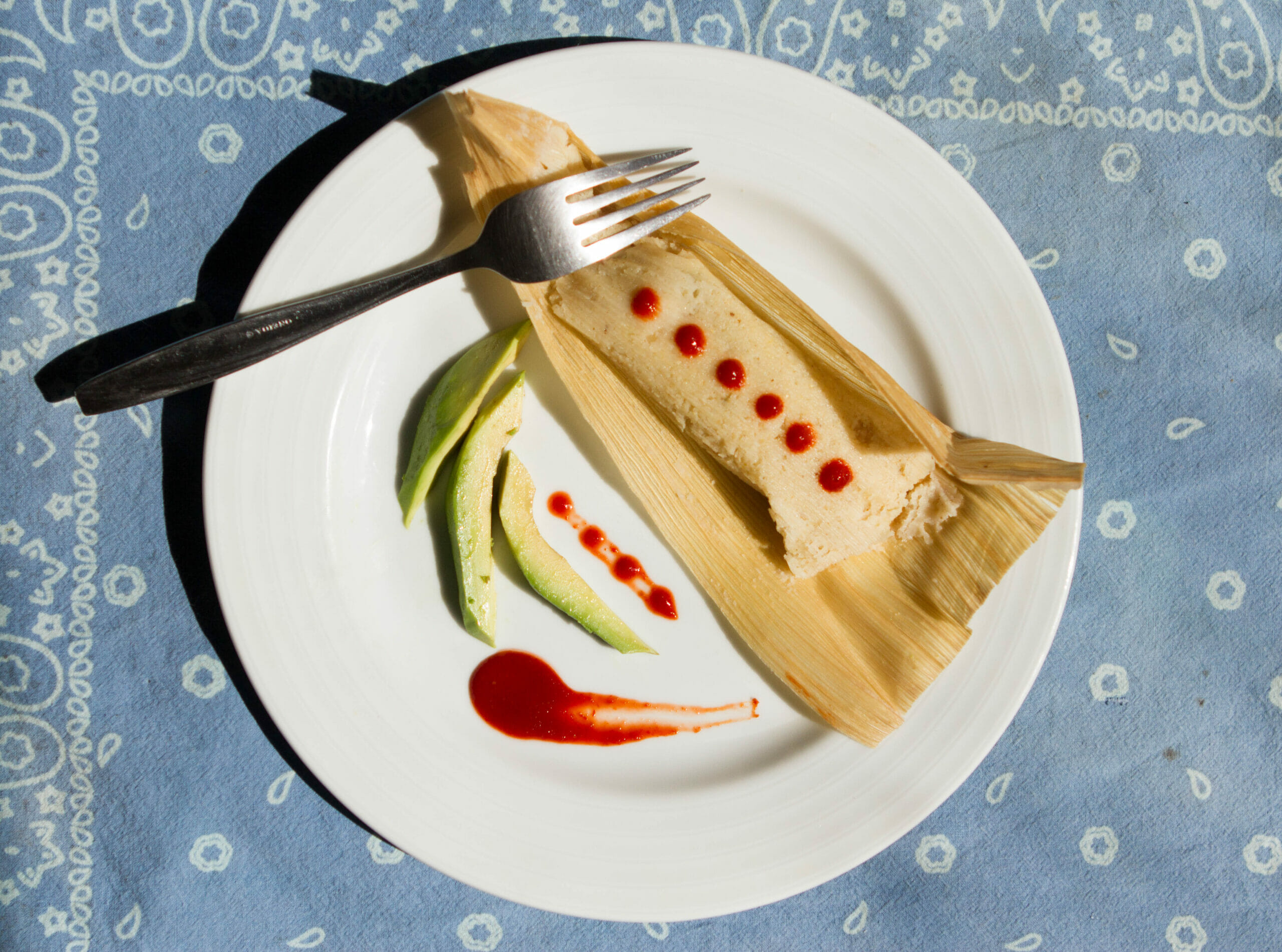My three-year-old son has a gut like a garbage-eating street dog. Being one that was raised on lightly buttered russet potatoes and rarely seasoned cuts of chicken, I’m not quite sure how he missed the memo that kids are supposed hate spicy food.
It’s tamales that always bring the little beggar sniffing into the kitchen, barking up the stools until he has settled himself in your lap to nip at your fork as it makes the trip from plate to mouth. While not nutritionally perfect, I find little to quibble with. I’ll throw the kid a tamale for breakfast far more happily than loading him up with the empty energy in an Eggo waffle.
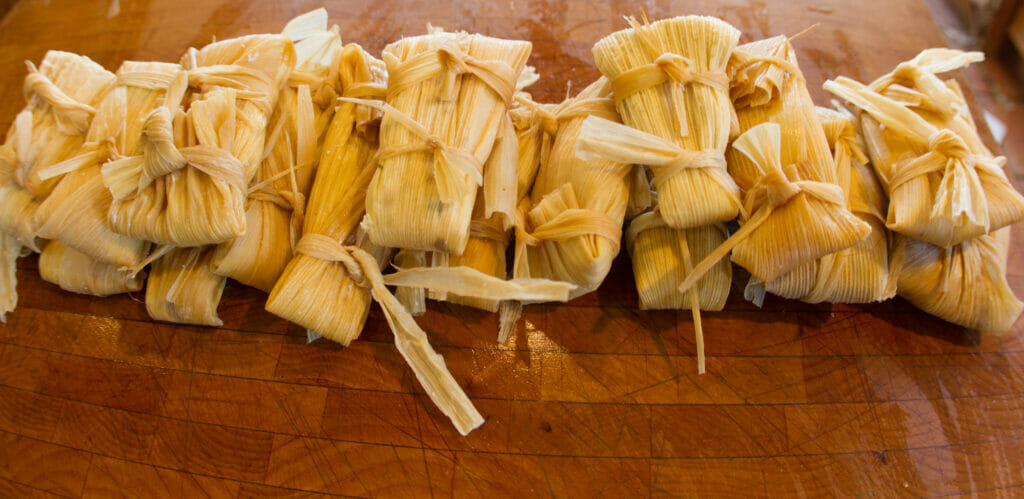
As camp food, there’s little to dislike, for many of the same reasons: Stick to your ribs sustenance that warms you up with little to no cleanup. Packaged right, they take up a fraction of the space in your cooler than other meals. And when you find yourself tucked in the shelter of an eddy to wait out a passing spring squall, there’s nothing better than pulling out the JetBoil and steaming up a few of the perfectly portable corn-husked parcels to counteract the whiskey you likely got in to when the fishing went south.
Tamales are made from masa and a wide variety of fillings — meat, chiles, vegetarian. I’ve even seen recipes for pumpkin tamales — no joke — which sound hands down amazing. The common thread though is masa. Good masa. The light and fluffy kind that stays airy after being steamed in a corn husk.
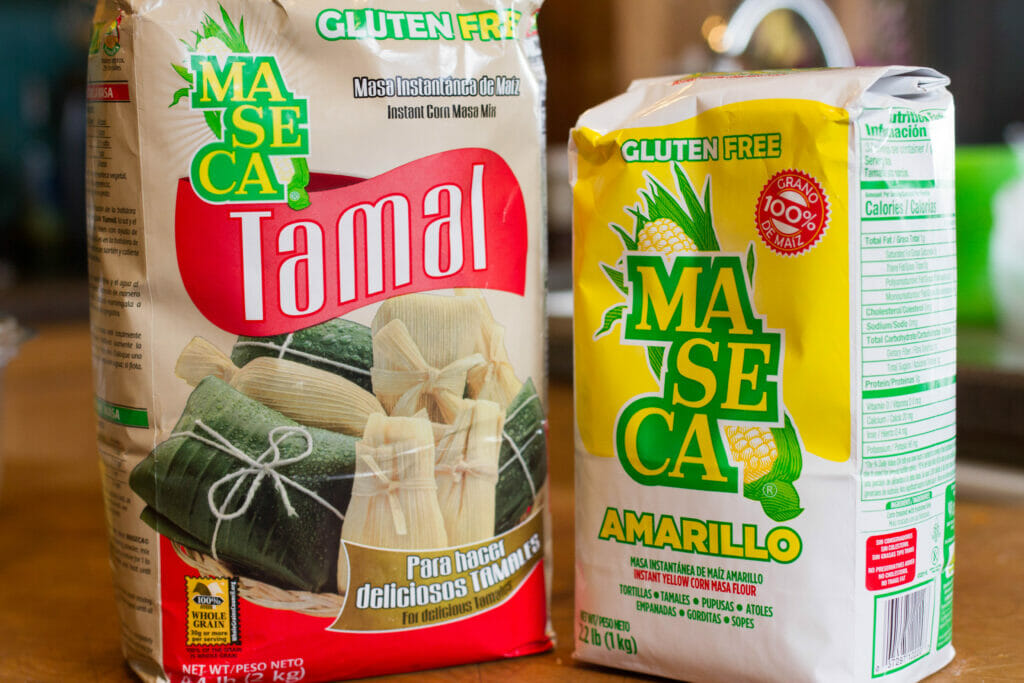
For the sake of simplicity, masa is the dough that is formed from masa harina, which is like flour, but made from corn that has gone through a process called “nixtamalization.” Different regions of Latin America have different approaches to nixtamalization, but the general idea is that corn — or other grains — are soaked in an alkaline solution, cooked, dried and ground to produce the flour used for things like corn tortillas, or in our case, tamales.
More from Cooking from the Water’s Edge
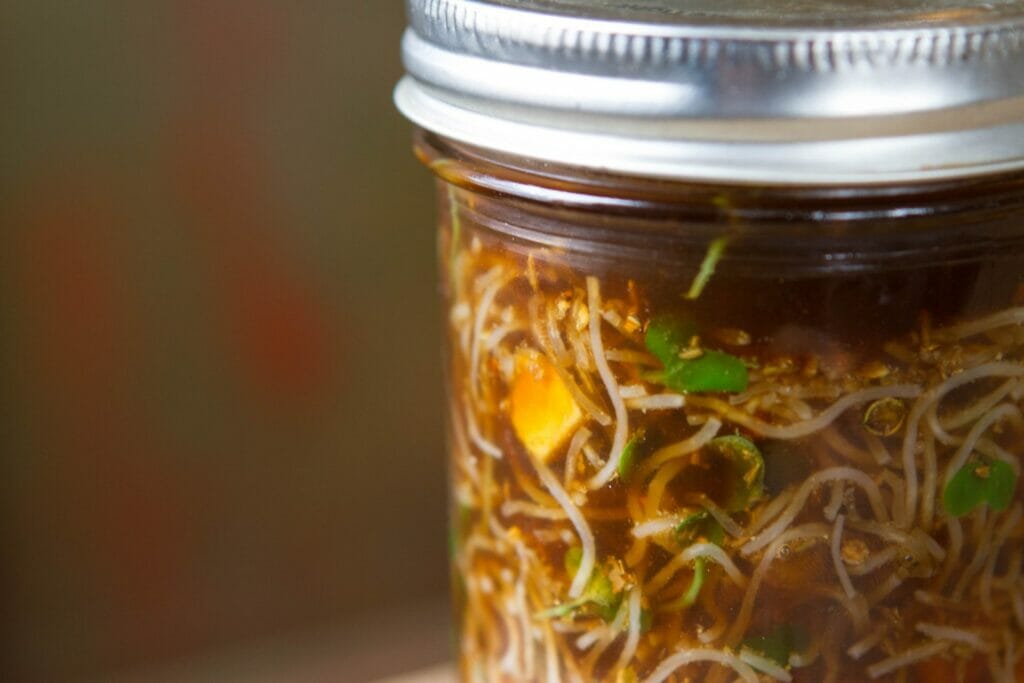
A ramen recipe you can get behind
How not to bake a cake in winter
The ‘Mommy needs drink’ camper cocktail
French onion soup fit for a Yeti
If you have access to fresh masa, you should jump at it. Or so I’m told. Living in the sticks, we happily settle for the brightly colored bags of masa harina that get shoved to the bottom corner of the grocery shelves and count ourselves lucky to find that most days.
While they are not technically difficult, a tamale made right takes a few steps and a bit of time. It’s not going to derail your weekend plans by any means, but it is worth planning ahead.
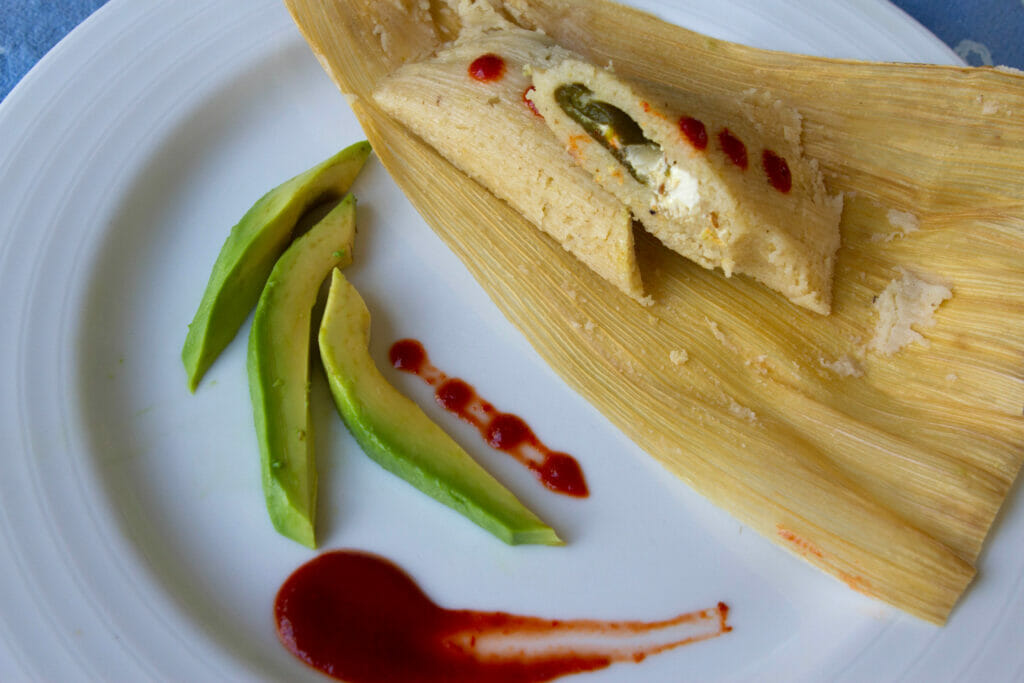
Ingredients
For the filling
- 16 jalapeno peppers — whole
- 1 yellow onion
- 2 tsp cumin
- 2 tsp salt
- Black pepper
- 10 oz. Cream cheese
For the dough:
- Chicken or vegetable bouillon dissolved in 2 1/2 cups water — make this strong to help flavor the masa
- 1 cup lard
- 2 1/2 cups masa harina (white or yellow corn)
- 1-1/2 tsp salt (vary this based on how much bouillon you use to avoid over-salting)
- 1-1/2 tsp baking powder
- Corn husks
Instructions:
- Roast the jalapenos under a broiler or on the grill until the outside is browned but not completely charred.
- In a large pot of warm water, submerge cornhusks to hydrate. Keep these warming on the stove until you are ready to assemble.
- Cool the peppers to touch. Remove the stems, seeds and skins, filleting the pepper so it lies flat. Be mindful not to touch your face or eyes while doing this and wash your hands with lots of soap and water afterward.
- Chop onion into small pieces.
- In a bowl add onion to softened cream cheese. Stir in cumin, salt and pepper. Mix this well until onion is incorporated throughout the cream cheese mixture.
- In a separate bowl, measure out your masa harina. Add baking powder and salt
- Warm water to dissolve bouillon, adding it to the masa harina. The mixture will be somewhat coarse at this point.
- Using a mixer, beat lard until it is light and fluffy. Add this to the masa and mix. Keep mixing until the masa is thick and smooth. To test the masa, drop a small spoonful into a glass of water. If it floats, you have added enough lard.
- Get your steamer warming while you assemble tamales.
- Pull a cornhusk from the pot of warm water. Smear a generous amount of masa in the middle of the husk, leaving room to roll the filling in the middle.
- Place a jalapeno on top of the masa and then a dollop of the cream cheese and onion mixture.
- To seal, fold the cornhusk vertically, creating a seam of masa on the edges to seal in the jalapeno and cream cheese. Depending on the size of the tamale and corn husk, you may need an additional layer of corn husk to keep the masa from leaking out.
- Fold top and bottom of the husk toward the middle and tie them down using long strips of corn husk.
- Once you have assembled all of your tamales, place them in the steamer (if there are open ends, place them in vertically with the open ends facing up) and steam for one hour.
- Let tamales cool and then eat or freeze.



